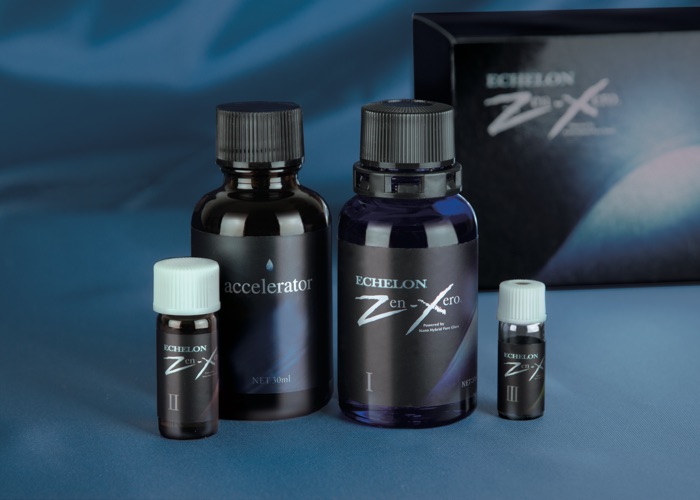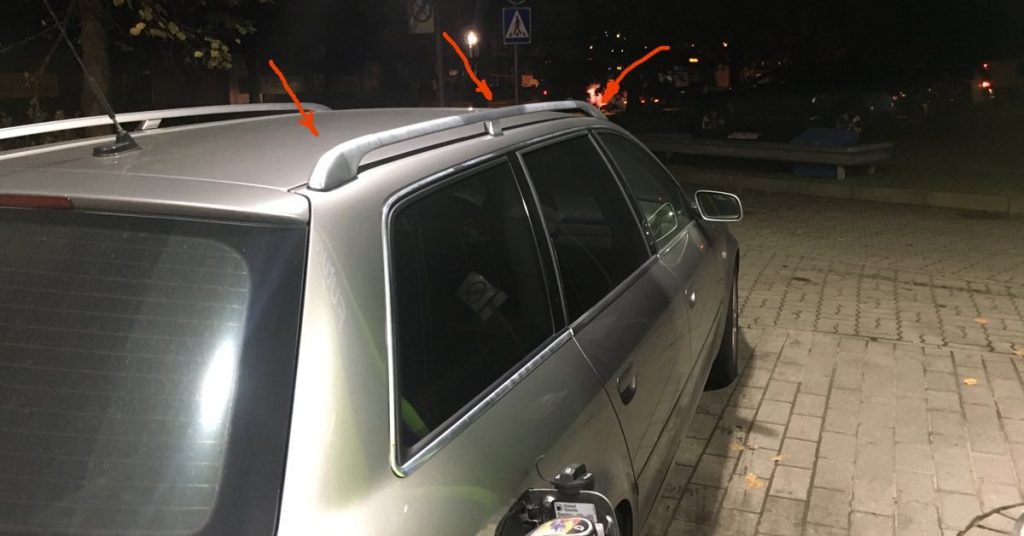In recent years, car ceramic and liquid glass protection has become well-known among Estonian car owners. A few years ago, I had to explain to customers what it was. For many it seemed almighty. By now, almost every car owner has heard about this newer technology. The main question for the car owner is whether he will still receive a trusted product and processing for his car. These “nano-H9-diamond-hard-protection” trickers have also appeared a lot.
In this article, I have put together a lot of nuances that I have noticed or have been asked by customers. I’ve gathered a lot of arguments to protect your car with nano liquid glass. I also ranked in other post 10 so-called myths about ceramic or glass coating, that I have actually heard of.
In Tasku car wash we have installed ceramic protection and liquid glass coating for more than 350 cars during the past 3 year. This can be called an experience already. In this way, we have learned to know the ceramic and liquid glass coatings we use. We have learned to understand how this product behaves when installing and how it wears off during the following years. The first project we had, we did already more than 3 years ago.

Here are 10 reasons why a car owner could choose liquid glass or ceramic protection for his car:
1. Physical strength and scratch resistance.
Ceramic protection gives the car several times stronger protection than the so-called old type wax. Having tried it yourself, the effect is noticeable. I have also received feedback from customers that the scratches will be less eye-catching. This means that most people will not be able to keep their car completely scratch-free for many years. However, the overall appearance of the car with ceramic protection is significantly improved.
2. Withstands tar soaking (confirmed in home tests).
I have immersed pieces of ceramic coating in tar soaking roughly 4 months. The substance evaporated repeatedly. I had to add some in order to continue the test. At some point (about 4 months later) I had enough of adding it as I didn’t see a point. The test had proven what I needed.
3. Suitable for the Nordic countries.
Nordic countries (Estonia and our neighbours) are some of the worst place for a car to be on this Earth. In winter, there is tar, salt, etc. In summer, there are insects, high temperature etc. This means all-year-round stress for car exterior.
4. Longer-lasting gloss.
Wax as well as ceramic coating make the painted surface of a car glossier. It cannot be seen so well on grey and white cars. It is much better visible on black (and all dark-coloured) cars. Even a polished car shines more with ceramic coating than without. As the ceramic coating lasts long, the car remains shiny longer.
5. Long-lasting protection.
Long-lasting protective coatings cover the micro-damage (or other damage) to car over a long period. My car is a pretty good example. Audi owners know very well that it is practically impossible to restore shine to ruined silver railings on the roof. As strange as it sounds, polishing will not do the trick. Due to this, I have carried out tests with ceramic coating and liquid glass on railings. One day in the petrol station the difference in the surface where ceramic coating had been tested was particularly noticeable. I’d like to add that liquid glass has been almost 2.5 years at the rear end of the railing. In the middle and front the ceramic coating has been a little less time. The ceramic coating is still covering the surface, as you can see in this picture.

6. All in all, the car owner saves time.
It seems that it would be fitting to compare a newer and an older car here. When you buy a newer car, you pay car lease payments, but you spend less time and money on repairing. As a rule, newer cars are more economical. An older car may need a lot of repairing. Thus, you spend money and time on dealing with car repair shops and fuel. Ultimately, having a cheaper car may not be cheaper. The same holds true when it comes to waxing and ceramic coating. The product costs more, but it adds much more value. When you wax your car regularly, the cost is more or less the same.
7. Longer period to react before damage is caused by insects and bird droppings.
At Automechanika fair in Frankfurt 2018, MA-FRA and Malco representatives said the same regarding insects and bird droppings. Ceramic coating provides car owners with time to safely remove dead insects and bird droppings.
Let’s look at the logic behind what affects this time frame.
• Hardness and quality of the clear coat.
• Car colour. Dark cars heat up more in the sun. Temperature is a factor of the speed of a chemical reaction. Depending on the colour, the difference in temperature can be 2 or 3 times. I measured the temperature. In 21 degrees in the sun at midday, the temperature of silver cars was 21-24 degrees. The surface of the black car reached 68 degrees that day.
• Whether the car with these stains is parked in the sun all the time.
• Etc.
8. After a proper wash, the car remains clean longer.
If you wash the whole car, you don’t understand how much longer the car remains clean. I carried out a simple test. I didn’t wash the car several weeks. It was rainy. Before driving from Tartu to Tallinn, I washed half of the hood with shampoo. Well. Know-it-alls will tell me off saying that it is unprofessional to use a sponge to wash a muddy car without soaking and pressure washing. I agree. But it was required for this test. Also, I have a polishing buffer with pastes and ceramic coatings should I need these. So, I believe I’m entitled to some fun. 🙂 I also believe that such incorrect behaviour is justified to get information for clients.
Now back to the test. On the road I drove behind large vehicles on purpose. A lot of muddy rainwater swirled around. Reaching Tallinn, it was nicely visible where I had cleaned the car previously.
9. Dirt comes off more easily.
This argument is important for those who deal with the care and washing of the car themselves. When you use a service in the car wash shop, you probably don’t care whether it is comfortable and easy for the other to wash your car. Right? However, if you’d like to wash some mud off in a self-service car wash, this argument carries weight. Bear in mind that when a car has not been washed long and there is tar, it is not easy to clean a car with a ceramic coating.
10. The protective layer on the car is thicker compared to wax.
It’s been said that the thickness of ceramic coating is approximately 3 microns. We have tested this with a paint thickness gauge and it holds true. I can say today that it seems to be so, as we used a simple hand-held device. Its measuring accuracy is +/-3 microns. Whereas repeated measuring has shown that a ceramic coating layer of 3 microns is realistic. I haven’t been able to detect any change in the thickness of layer in case of wax, but on some data, it is approximately 20 nanometers.


I like what you said about getting a ceramic coating installed since it will give you more time to removed bird droppings. My sister has been telling me about how she wants to take better care of her car in the coming years. I’ll share this information with her so that she can look into her options for getting a ceramic coating.